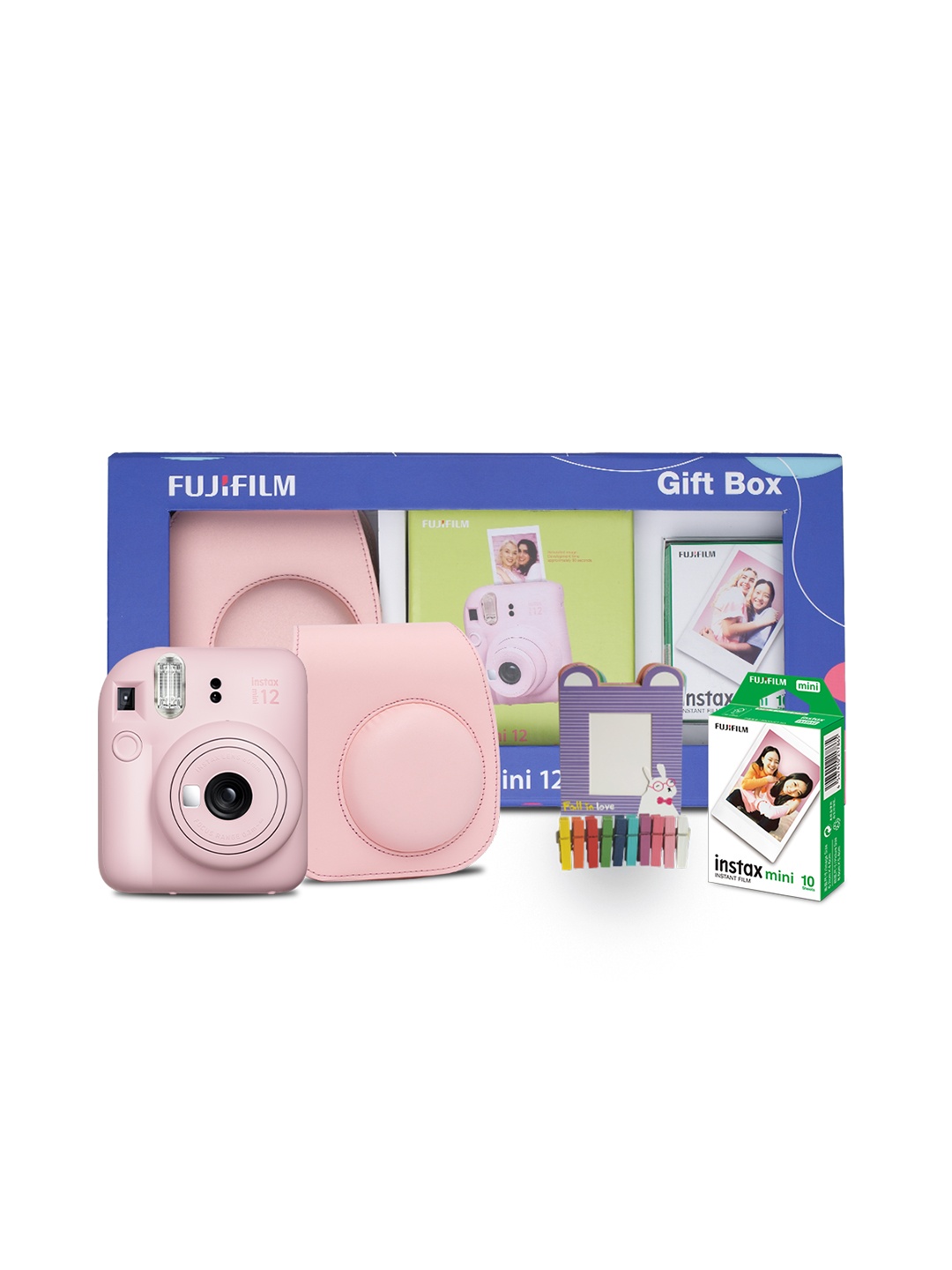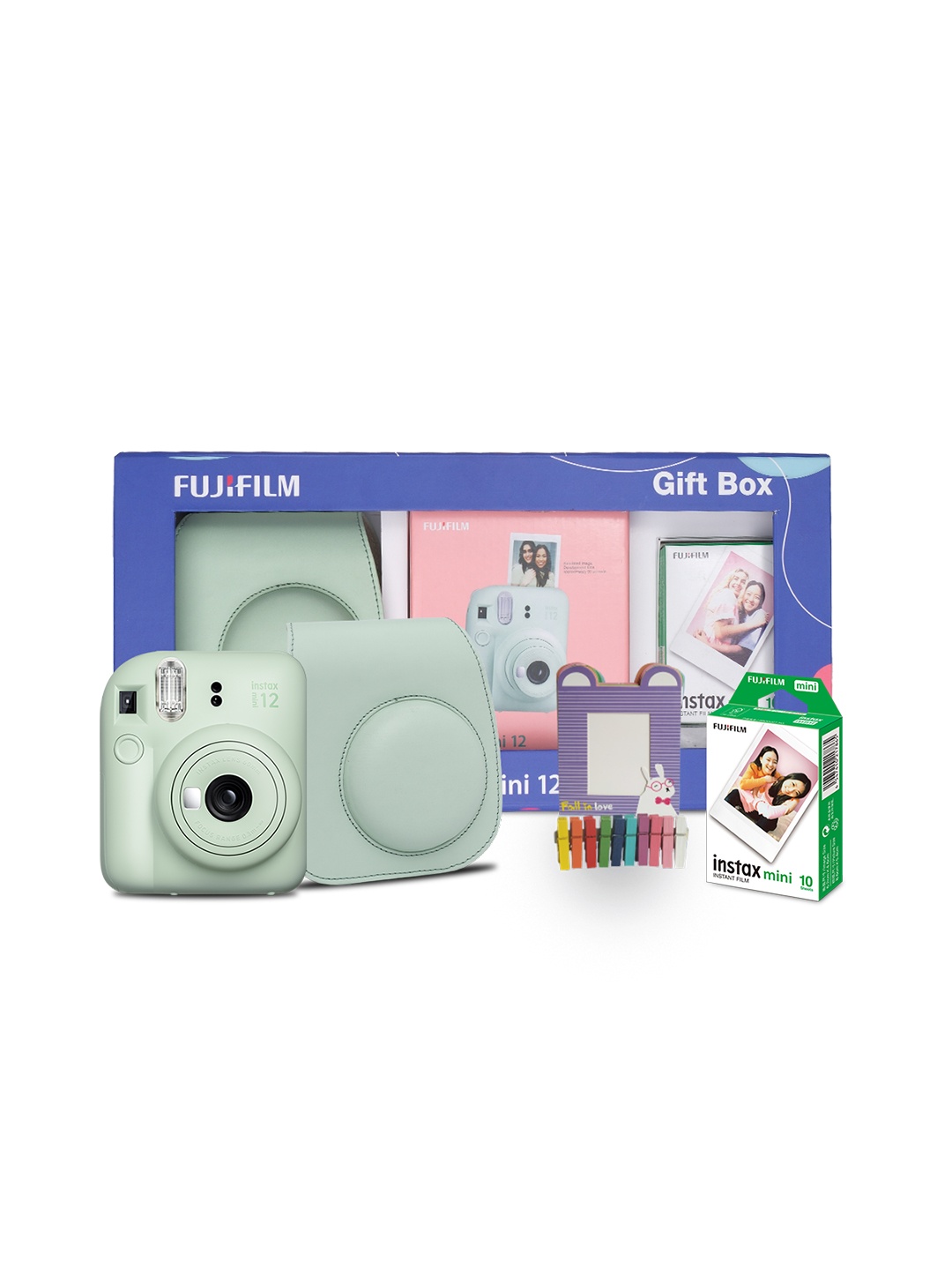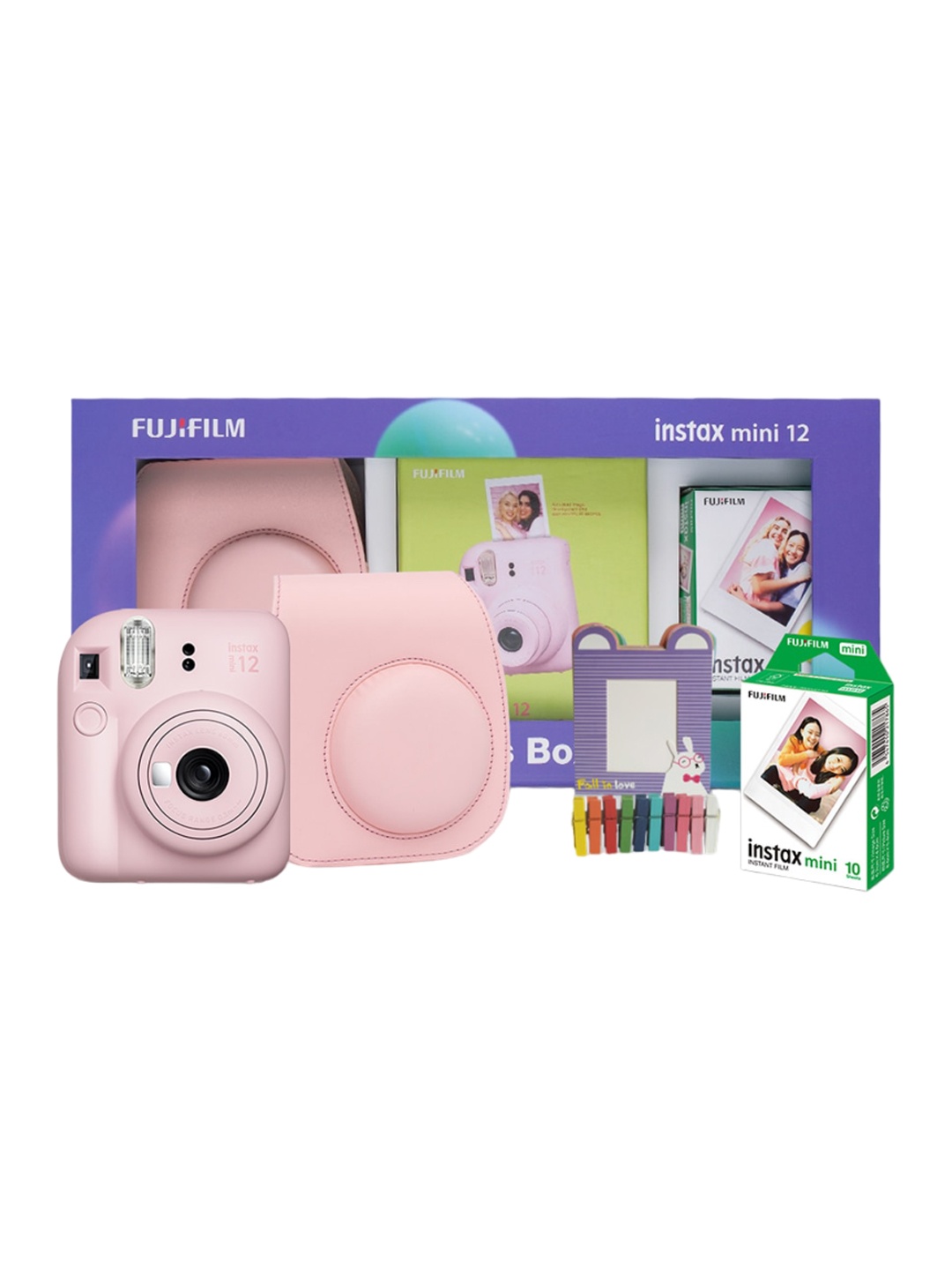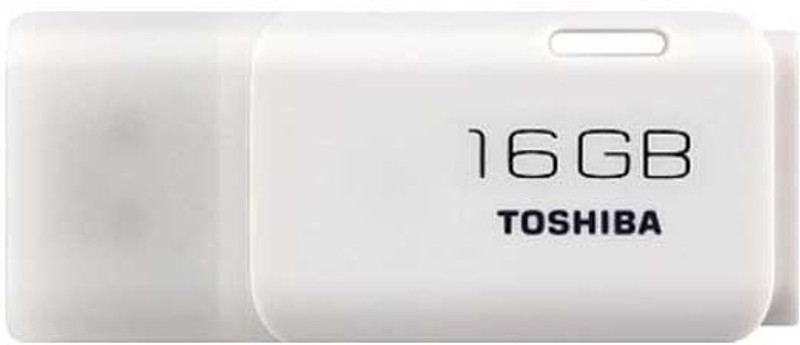Why Cheap Kids Shoes Could Be Costing You More In The Long Run

Cheap kids' shoes may seem like a practical choice at first, but they often come with hidden costs. Frequent replacements, discomfort, risk of injuries, and long-term foot problems are just some of the downsides. Instead of saving money, parents may end up spending more on multiple pairs over time. Let's explore why investing in a well-made pair of shoes for your child might actually be the smarter, more economical choice in the long run.
Every parent has faced the dilemma of buying shoes for their child. With how quickly kids grow out of them, it feels almost wasteful to spend on expensive footwear. Many parents reason, Why should I buy a costly pair when my child will need a new one in a few months?
Markets, local shoe stores, and online platforms offer an overwhelming number of affordable options. The appeal of these cheaper alternatives is undeniable. They look good, seem comfortable at first, and cost a fraction of what high-quality brands do. But looks can be deceiving.
What many parents don't realise is that cheap shoes wear out faster, often within a few months or even weeks. Worse, they may not provide the right support for growing feet, leading to discomfort, injuries, and even long-term health problems. Before grabbing that bargain pair, it's worth taking a closer look at what you're really paying for.
Also Read: Footwear Deals For Adventure-Ready Kids: Explore Up To 65% Off On Trendy Footwear At Myntra
1. Frequent Replacements: The Hidden Cost Of Cheap Shoes
At first glance, buying an inexpensive pair of shoes seems like a great way to save money. But how long do those shoes actually last? Many parents find themselves back in the store within months, searching for another pair because the old ones have torn, lost their shape, or become too uncomfortable to wear.
Cheap shoes are often made from low-quality materials that can't withstand everyday activities like running, jumping, and playing. Soles wear out quickly, seams come undone, and fabric rips far sooner than expected. This means parents must buy replacements far more frequently than if they had invested in a durable, well-made pair in the first place.
Over time, the cost of multiple cheap pairs can add up to more than a single high-quality pair that lasts much longer. In addition to money, consider the time and effort spent shopping for replacements, something no busy parent wants to deal with every few months.
2. Poor Durability: Not Designed For Active Kids
Children are constantly on the move. Whether they're running in the playground, cycling around the neighbourhood, or playing a quick game of cricket, their shoes need to keep up with their energy. Cheap footwear, however, is rarely designed with durability in mind.
Many low-cost shoes are made with weak adhesives, thin soles, and flimsy stitching. As a result, they begin to show signs of wear and tear within weeks. A single rainy day or a game of football can be enough to make them fall apart.
Quality shoes, on the other hand, are designed with sturdy materials, strong stitching, and soles that provide proper grip. They can handle rough use, lasting much longer than their cheaper counterparts. Instead of constantly worrying about shoes falling apart mid-play, investing in a durable pair means peace of mind for parents and uninterrupted fun for kids.
3. Foot Health: The Risks Of Poorly Made Shoes
Children's feet are constantly growing and developing. The right footwear helps ensure proper foot development, while the wrong shoes can cause a variety of issues. Unfortunately, many cheap shoes lack essential features like arch support, cushioning, and flexibility, leading to potential foot problems such as:
- Flat feet: Shoes without proper arch support can cause improper foot development, leading to pain and long-term posture problems.
- Blisters and calluses: Hard, synthetic materials often cause excessive friction, resulting in painful blisters and skin irritation.
- Joint pain: Poorly cushioned shoes don't absorb shock well, putting extra strain on a child's knees, ankles, and back.
A well-fitted, high-quality shoe provides the necessary support for growing feet, reducing the chances of discomfort and future foot-related issues. Investing in good footwear isn't just about comfort, it's about protecting your child's overall health.
4. Increased Risk Of Injuries: Slips, Falls, And Sprains
Shoes are meant to protect feet, but low-quality ones often do the opposite. Many cheap shoes have thin soles, poor grip, and inadequate ankle support, making them unsafe, especially for active children.
Slippery floors at school, uneven pavements, or wet roads during monsoon season can all become hazards when a child wears poorly constructed shoes. Common injury risks include:
- Slips and falls: Smooth, worn-out soles provide little to no traction, increasing the risk of accidents.
- Ankle twists and sprains: Lack of proper support means a child's foot can easily bend the wrong way during play.
- Impact injuries: Hard landings from jumping or running can lead to pain in the knees and joints when shoes lack proper cushioning.
A good pair of shoes with sturdy soles, proper grip, and adequate support can prevent many of these injuries, keeping children safe and active.
5. The Environmental Impact: Disposable Shoes And More Waste
The culture of buying cheap, disposable footwear has serious environmental consequences. Many low-cost shoes are made from synthetic, non-biodegradable materials that don't break down easily. When they wear out quickly and are discarded, they contribute to growing landfill waste.
By investing in high-quality shoes that last longer, parents can reduce waste and make a more environmentally responsible choice. Some brands even use eco-friendly materials, ensuring that sustainability and durability go hand in hand.
Choosing better-quality shoes isn't just a win for your child, it's a small but meaningful step towards a greener planet.
6. The Price of Discomfort: Unhappy Feet, Unhappy Kids
Uncomfortable shoes can make even the happiest child irritable. When shoes pinch, rub, or don't fit well, kids may become restless, fidgety, or reluctant to walk and play.
Common complaints include:
- Shoes feeling too tight or stiff.
- Feet hurting after a few hours of wear.
- Sweaty or itchy feet due to non-breathable materials.
Shoes should support a child's daily activities, not cause discomfort. A well-made pair ensures that children can focus on school, sports, and play, without being distracted by aching feet.
7. Investing In Growth-Friendly Shoes
Children's feet don't just grow in length; their shape changes too. Cheap shoes often lack flexibility, meaning they either become too tight too soon or fail to provide the right support.
Good-quality shoes are designed with features like:
- Flexible soles that adapt to natural movement.
- Adjustable straps or laces for a better fit.
- Breathable materials that keep feet fresh.
Instead of constantly sizing up and hoping for the best, choosing shoes that accommodate growth ensures better comfort and support.
8. Quality Shoes = Confidence And Happiness
When kids feel comfortable in their shoes, they feel more confident. Whether they're running in a school race, dancing at a wedding, or simply walking into a classroom, well-fitted shoes give them the freedom to move without worry.
High-quality shoes not only last longer but also look and feel better, giving children the confidence to explore, play, and express themselves freely.
Explore Products Related To This Article
1. Liberty Kids Lace-Up School Shoes
2. NEW STEPS Kids PU Mid-Top LED Sneakers
3. Lil Lollipop Unisex Kids Colourblocked Fashion
4. Aqualite Kids Colourblocked Sneakers
5. Fame Forever by Lifestyle Boys Grey Woven Design Slip-On Sneakers
6. Teakwood Leathers Solid Unisex Kids Leather Sneakers
7. KazarMax Boys Colourblocked Lightweight Slip-On Sneakers
8. Happy Feet Kids Woven Design Sneakers
At first glance, cheap kids' shoes seem like a smart way to save money. But frequent replacements, discomfort, injuries, and health risks make them a costly choice in the long run. Investing in a well-made pair means fewer shopping trips, happier feet, and better overall value. The next time you're tempted by a cheap deal, ask yourself: Is it really worth the cost? Choosing the right shoes isn't just about saving money, it's about ensuring your child's comfort, safety, and well-being, step by step. Shop Now On Myntra
Disclaimer: The images used in this article are for illustration purposes only. They may not be an exact representation of the products, categories, and brands listed in this article.






























